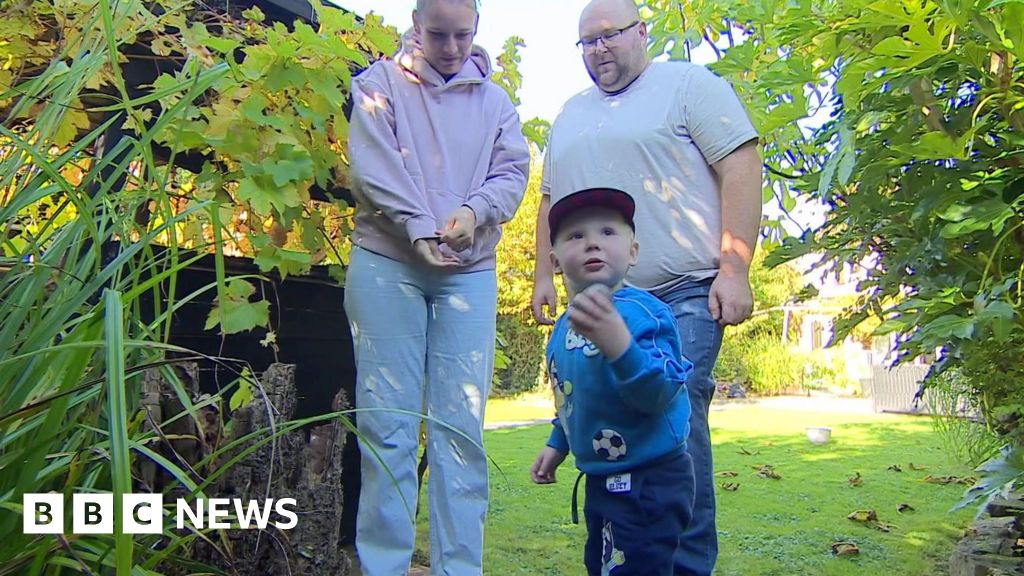A coroner has called for a prison to be able to monitor unusual phone activity after an inmate tried to reach his partner 61 times in the hours before he took his own life.
Martin Collins, 66, was found hanged in his cell at HMP Highpoint, near…

A coroner has called for a prison to be able to monitor unusual phone activity after an inmate tried to reach his partner 61 times in the hours before he took his own life.
Martin Collins, 66, was found hanged in his cell at HMP Highpoint, near…

In the Netherlands, the National Immunisation Programme (NIP) was established in 1957. This programme provides free and voluntary vaccinations against 13 serious infectious diseases and has drastically reduced child and young adult…

Arie Firdaus
BBC Indonesian
Residents in Talaud Islands off the coast of Indonesia have been urged to stay on alert while schoolchildren have…

DG ISPR will hold a press conference today at 2:30pm at Peshawar Corps headquarters.
According to the Pakistan Army spokesperson, security forces give a strong response against the Fitna-Al-Khawarij.
30 terrorists involved in the martyrdom of 11…

Kate Justicein Redditch and
Elliot BallWest Midlands
 BBC
BBCA woman who began tying ribbons to a fence to remember lost babies has said…

 Andy Beaufoy and Richie Suthers
Andy Beaufoy and Richie SuthersA lifelong football supporter is urging other fans to follow his lead and talk more about mental health…

 Getty Images
Getty ImagesRobbie Williams is coming to Glasgow to kick off his latest tour to support his new album.
The singer’s Long 90’s Tour begins at the Barrowlands Ballroom in the city on 4 February, 2026…

Malcolm Prior and Jenny KumahRural affairs team
 Andy Alcroft/BBC
Andy Alcroft/BBCFor Emily Hough, nature was too often simply something “out there”, a world apart from her, a view…

Peter WhittleseaSouth East, Burgess Hill and
Hsin-Yi LoSouth East
 BBC / Peter Whittlesea
BBC / Peter WhittleseaA community has raised more than £13,000 in three days to support a two-year-old boy who is facing a…

Ed JamesBBC Radio WM and
Tanya GuptaWest Midlands
 Getty Images
Getty ImagesEd Sheeran’s personal trainer has told how the star used the machine-based fitness system Reformer Pilates to boost his health on…